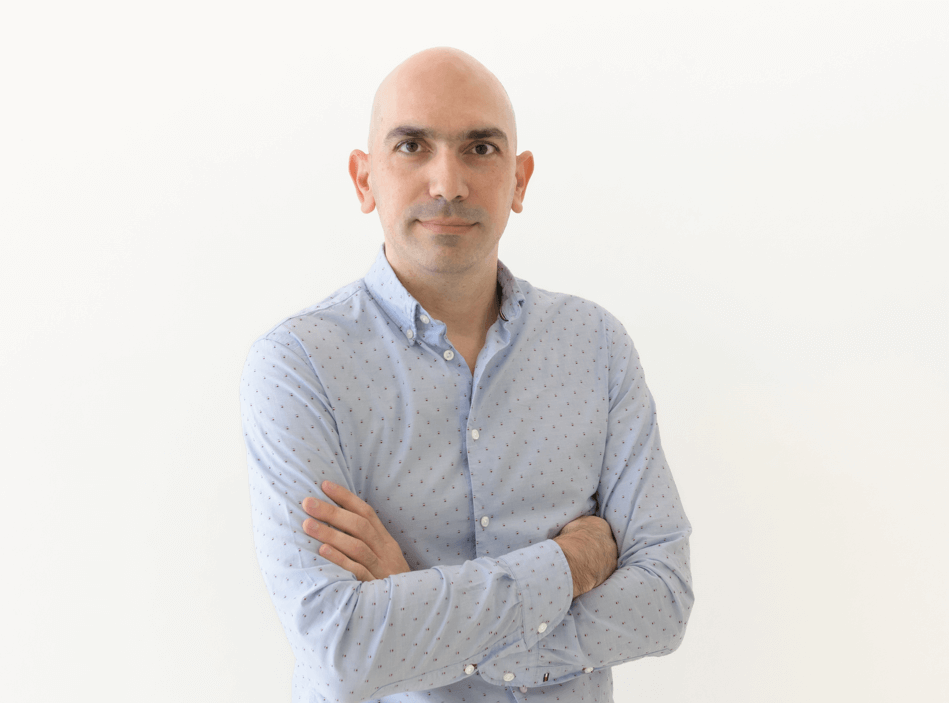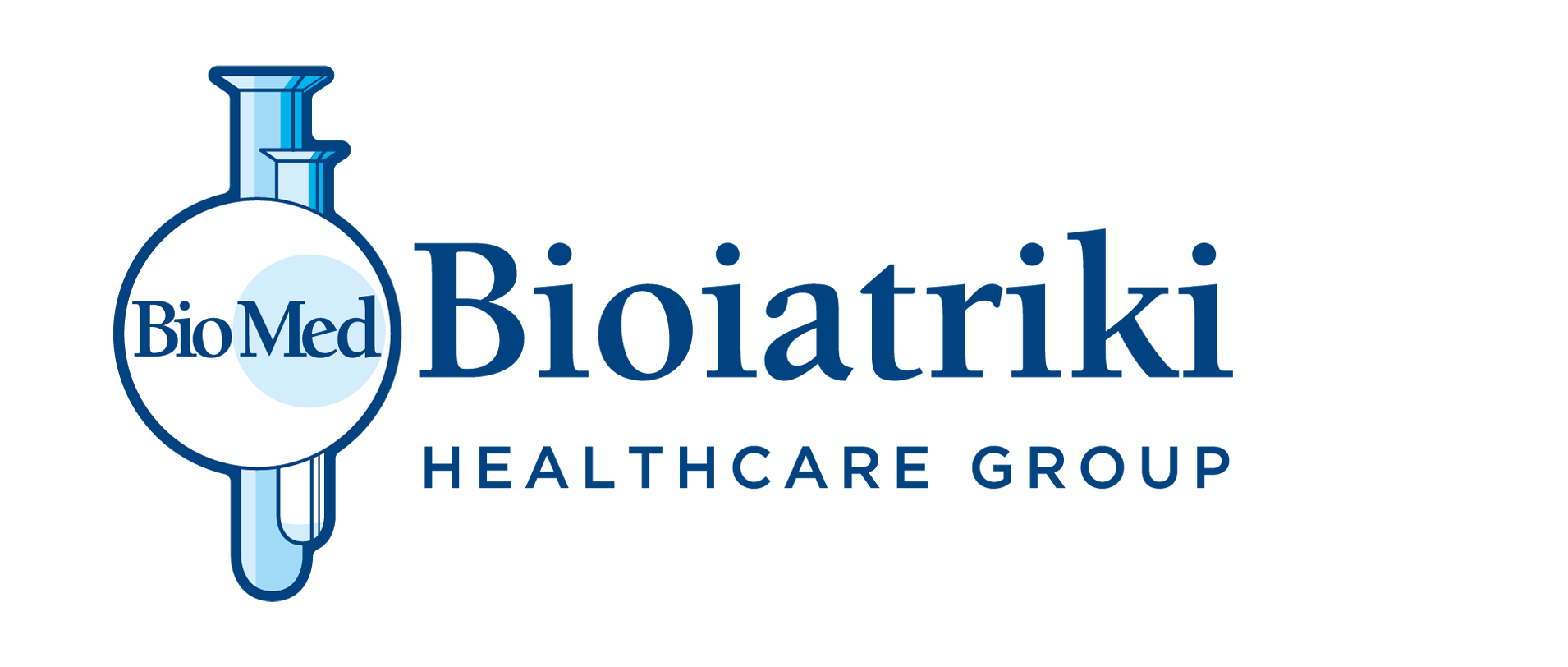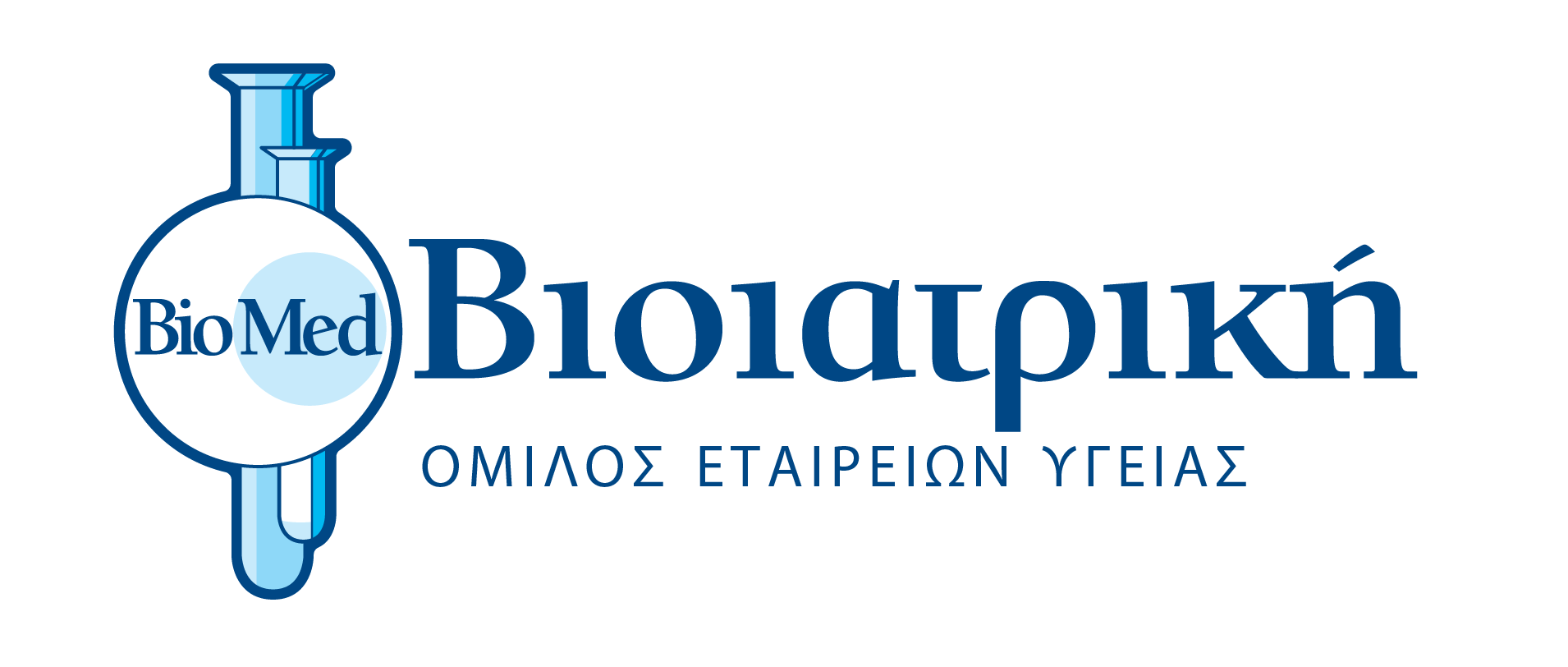
by Dr. Stelios Dimitriou
Lung cancer is the most common death by cancer on worldwide scale. Through a series of studies, data on the reduction of mortality are obtained through the implementation of screening programs, with annual low-dose chest CT scan in selected and specific individuals who show high risk developing the disease.
According to US guidelines, individuals who should proceed to low-dose CT screening for lung cancer, are those who:
A) have a smoking history of at least 20 pack-years, e.g., 1 pack of cigarettes per day for the last 20 years or 2 packs of cigarettes per day for the last 10 years (active smoker or smoking cessation within the last 15 years).
B) are 50-80 years of age.
Nevertheless, screening tests are not mandatory for high-risk individuals who should be given a choice by professionals after the discussion in detail of the advantages and disadvantages of screening tests.
The main advantages of the low-dose CT screening are:
A) The diagnosis of lung cancer at an early stage which contributes to a better prognosis of the disease and potentially to a reduction in mortality. Indicatively, 5-year survival is reported in a percentage of 52% in patients diagnosed with stage I cancer compared to 5% in patients with stage IV cancer.
B) Other findings which are not related to lung cancer (mainly Chronic Obstructive Pulmonary Disease (COPD) and cardiovascular disease, such as coronary artery disease caused by atherosclerosis and thoracic aortic aneurysm). Early diagnosis and appropriate monitoring / treatment of these findings could lead to a reduction in patient morbidity and mortality.
The main the disadvantages of the low-dose CT screening are:
A) The high percentage of false positive, random findings that are not related to lung cancer and that may lead to further unnecessary examinations and treatments, significantly increasing the cost of running them.
B) Increased exposure to ionizing radiation, which slightly increases the risk of radiation-induced cancer (estimated at 0.22% in women and 0.12% in men after a 20-year screening program), while the chances of developing lung cancer in general population is estimated at 5.9% in women and 6.7% in men, and at least 15% in smokers (US statistics).
C) The possible “overdiagnosis” – the diagnosis and treatment of lung cancers that would not be discovered without the implementation of a screening program.
D) The non-diagnosis of cancer in screening tests (missed lung cancer), which fortunately is rarely observed.
It is noteworthy that the participation of patients in screening programs against lung cancer has both a positive and a negative effect on smoking cessation.
Nevertheless, screening programs provide more benefits to the population than harmful effects, a goal that so far is achieved through the implementation of the annual low-dose CT screening in selected groups of smokers. So far, there are no officially screening programs for lung cancer in Cyprus organized by state bodies.
Likewise with the screening tests of other organ of the body, e.g., the breast and prostate, where a calibrated system for the evaluation of suspected malignancies (BI-RADS & PI-RADS respectively) has been established, in the case of lungs screening tests with CT, a calibrated system has been proposed (Lung-RADS assessment), aiming at standardizing, based on algorithms, re-examination and patient management.
Automation in the detection, measurement and characterization of pulmonary nodules using computers and artificial intelligence, is an ever-evolving practice in clinical practice, aiming to increase the validity and effectiveness of screening programs. In conclusion, the participation of the radiologist in the screening tests for lung cancer should not be limited to the outcomes of the diagnostic tests and the characterization of the lung nodules. The radiologist must have a key role during the clinical-laboratory meetings and contribute towards a better monitoring and guidance of patients and towards the implementation of high-quality screening programs for lung cancer. We can only hope that this would happen soon in Cyprus.
*MD, EDiR
Doctor Diagnostic Radiologist
Alpha Evresis Diagnostic Center, BIOIATRIKI Healthcare Group









